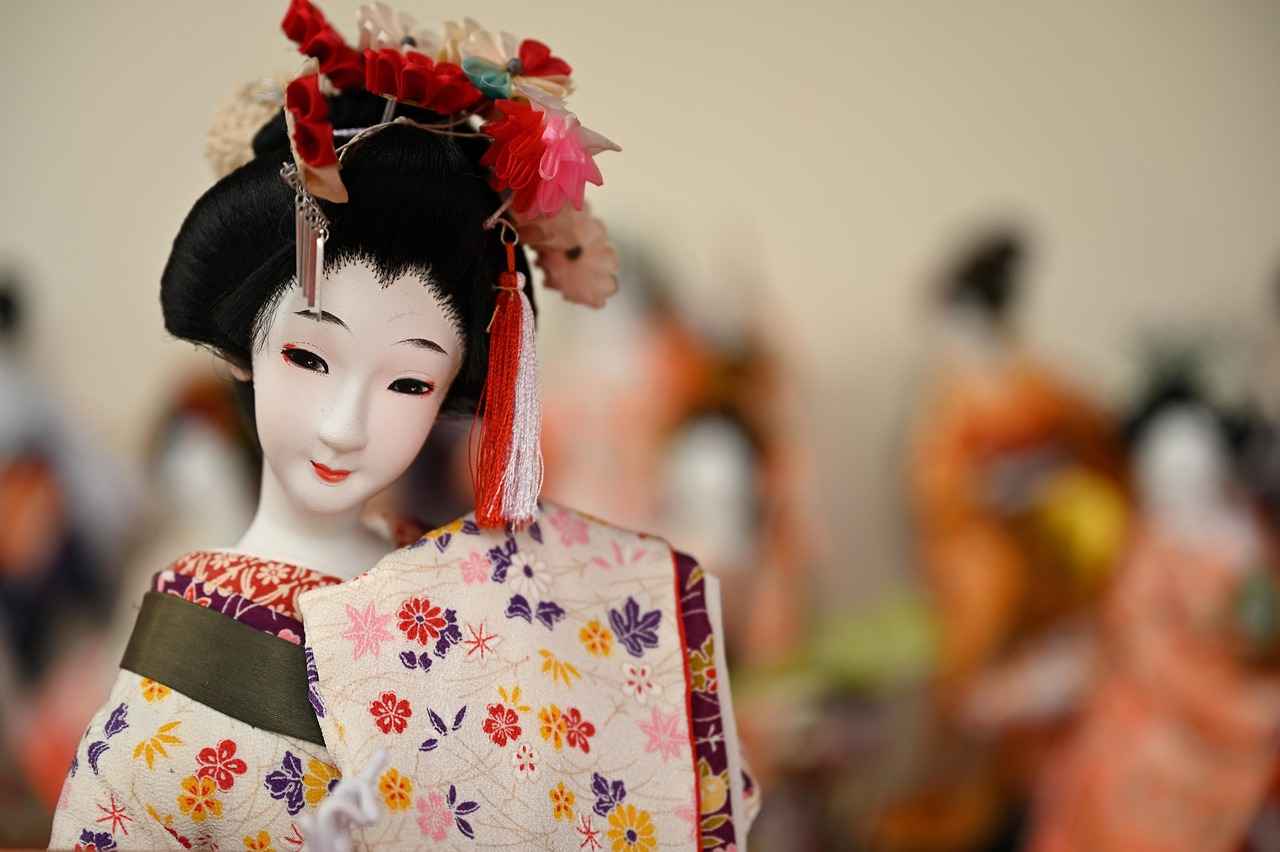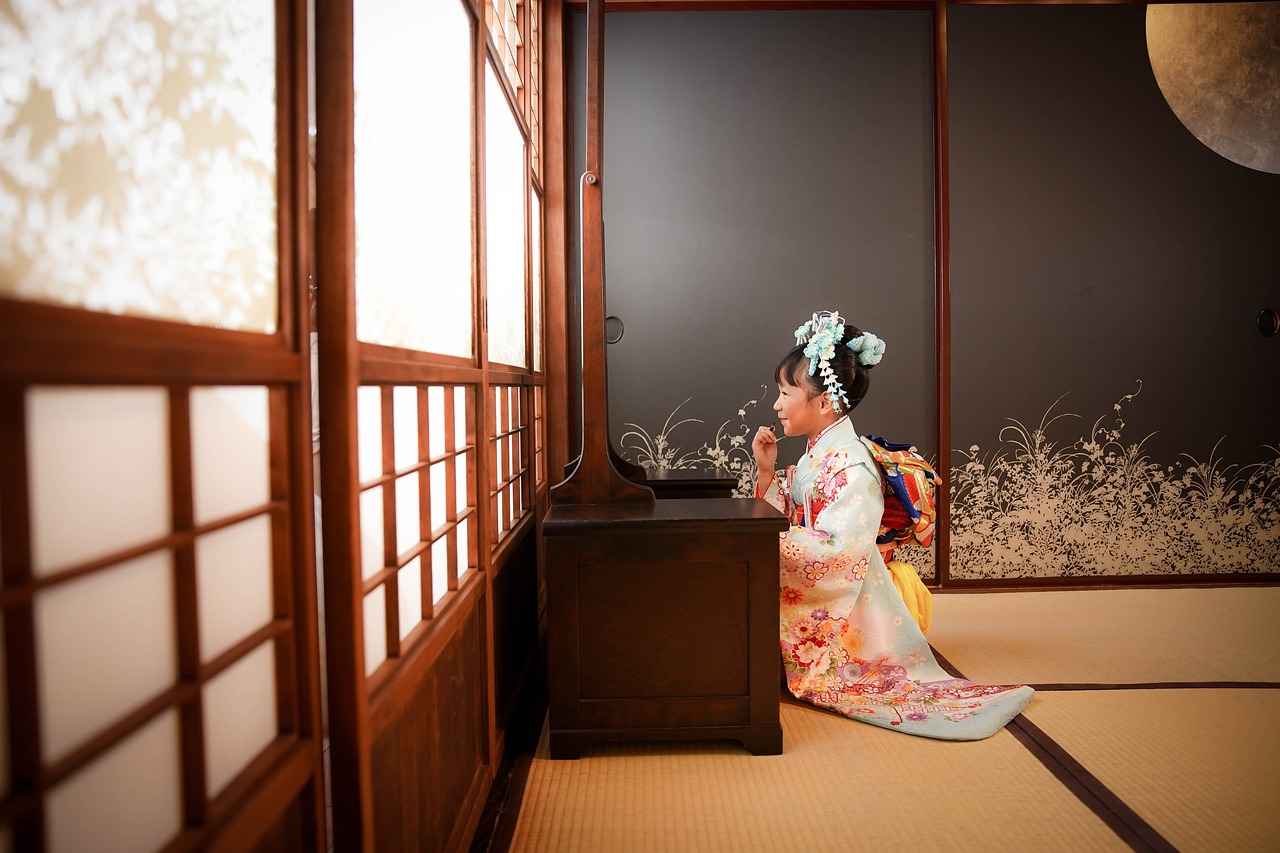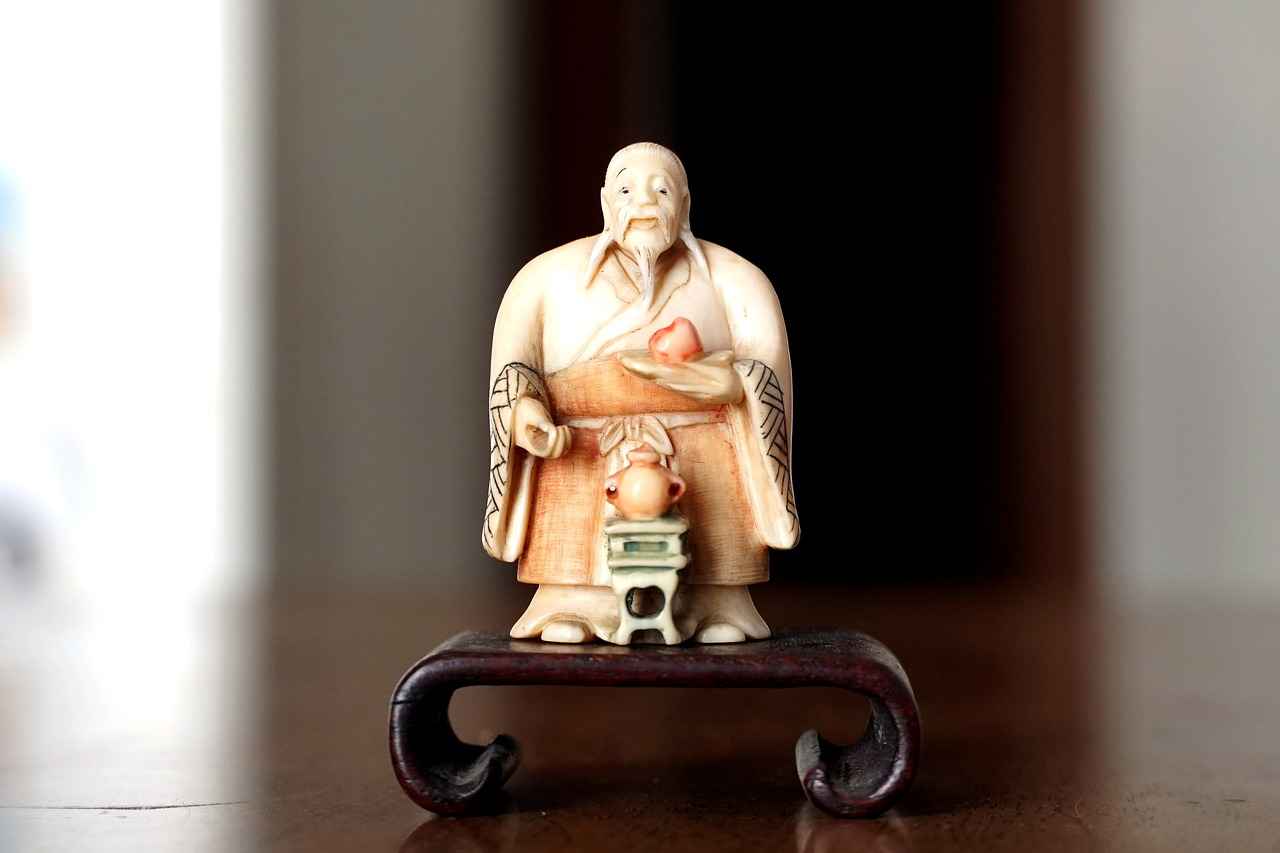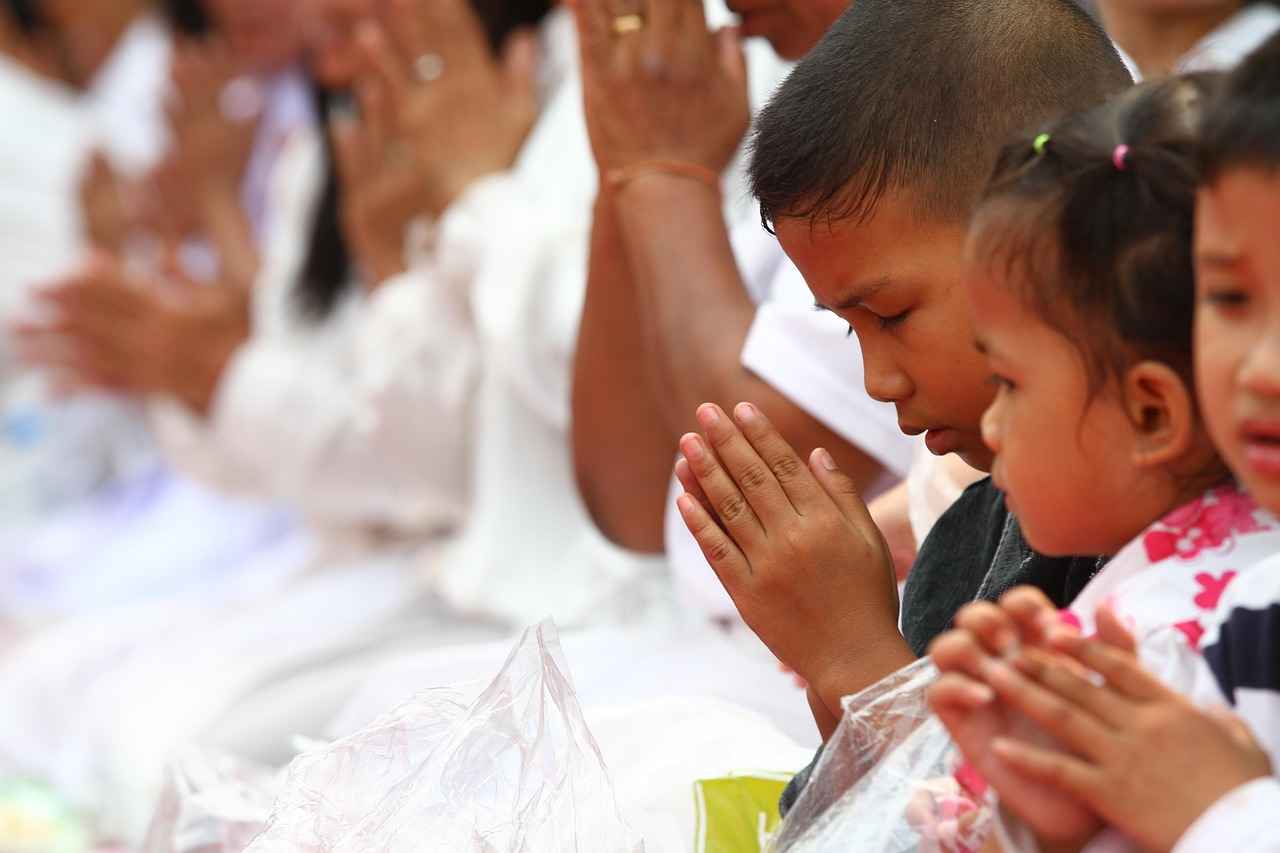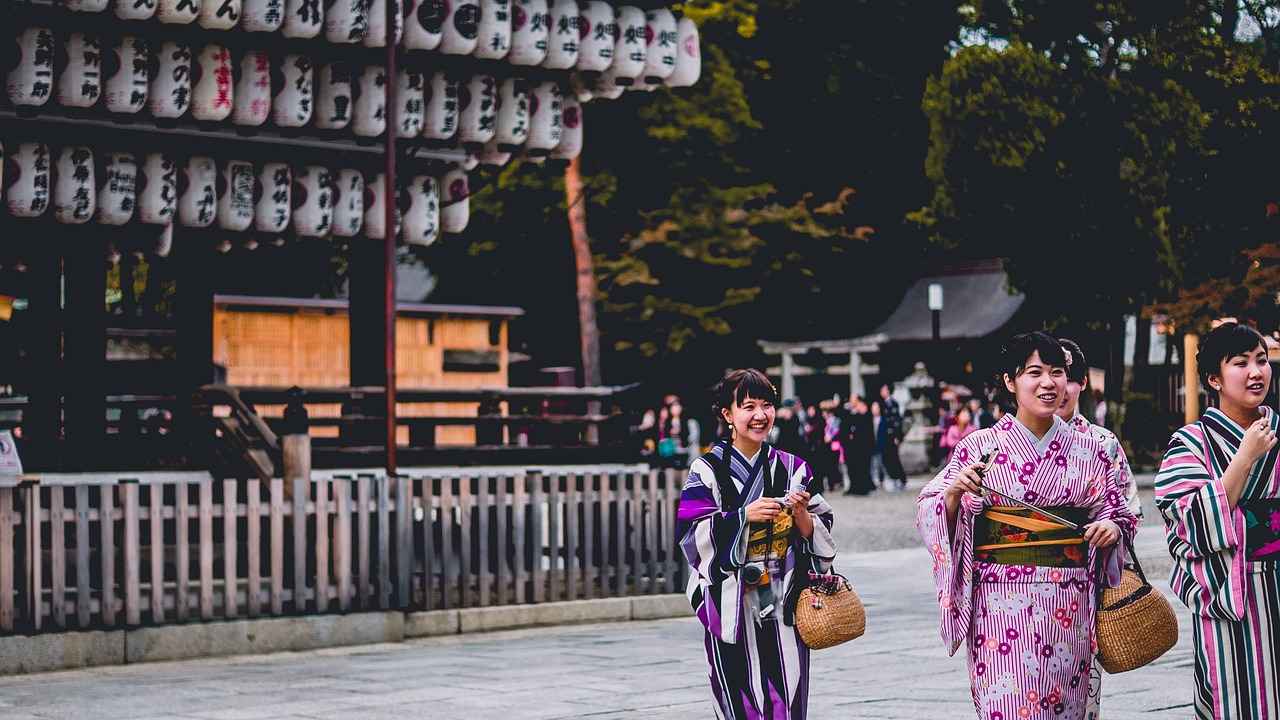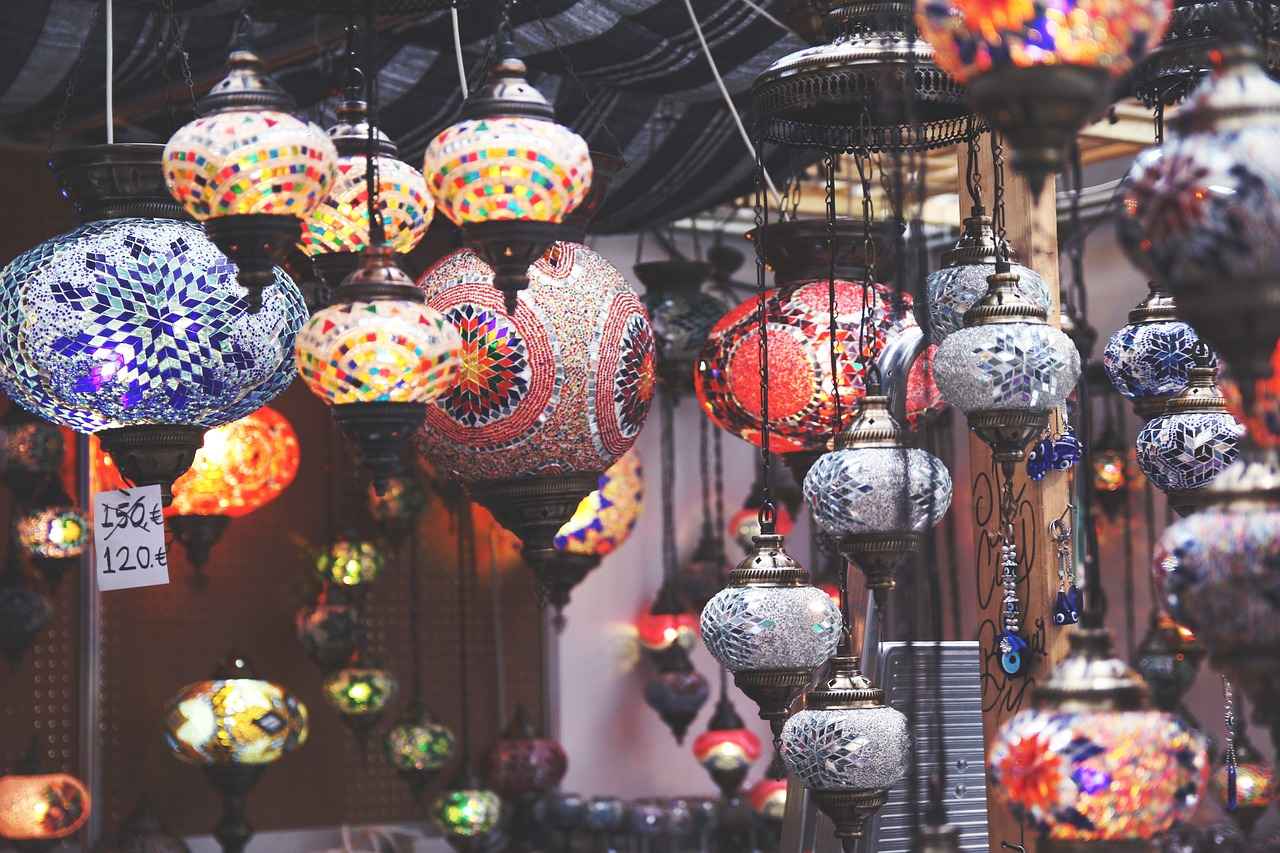This article delves into the rich history, cultural significance, and various styles of the samurai kimono, highlighting its evolution and integral role in Japanese society.
The Historical Significance of the Samurai Kimono
The samurai kimono transcends mere clothing; it embodies a profound cultural heritage and reflects the values of honor, duty, and discipline that are central to the samurai code, known as Bushido.
Materials Used in Samurai Kimonos
The selection of materials for samurai kimonos varied significantly, showcasing both status and functionality. Silk was the most esteemed fabric due to its beauty and strength.
- Silk: The Preferred Fabric – Renowned for its luxurious appearance, silk kimonos were often embellished with intricate designs symbolizing the samurai’s clan and achievements.
- Other Fabrics in Use – In addition to silk, everyday kimonos were crafted from cotton and hemp, balancing practicality with the need for elegance.
Color Symbolism in Samurai Kimonos
Colors held significant meaning in the design of samurai kimonos, with specific hues denoting different ranks, clans, and even seasonal changes.
Traditional Patterns and Designs
The patterns adorning samurai kimonos were not merely decorative; they conveyed stories and represented the samurai’s lineage and personal accomplishments.
Types of Samurai Kimonos
Various kimonos were worn by samurai, each tailored for specific occasions, from formal events to daily duties.
- Formal Kimonos for Ceremonies – During significant events, samurai wore formal kimonos characterized by elaborate designs and rich colors, signifying their status and respect for tradition.
- Everyday Kimonos for Combat – For daily wear and battle, samurai preferred practical kimonos that allowed for mobility while still reflecting their warrior status.
The Role of the Samurai Kimono in Modern Culture
Today, the samurai kimono continues to influence fashion and art, symbolizing Japan’s rich history and the enduring legacy of the samurai.
- Contemporary Fashion Influences – Modern designers frequently draw inspiration from the samurai kimono, integrating its elements into contemporary clothing while honoring traditional aesthetics.
- Preservation of Samurai Culture – Efforts to preserve samurai culture include festivals and exhibitions that showcase the traditional kimono and educate the public about its significance.
Conclusion
The samurai kimono is not just a garment but a symbol of a storied past, representing the values and traditions of the samurai. Its evolution reflects the changing dynamics of Japanese society while continuing to inspire contemporary fashion and cultural appreciation.

The Historical Significance of the Samurai Kimono
The samurai kimono holds immense historical significance, embodying the essence of the samurai’s way of life. More than a mere garment, it is a symbol of honor, discipline, and the intricate cultural heritage that has shaped Japan over centuries. The samurai, known for their strict adherence to the Bushido code, wore kimonos that reflected their status, values, and the rich traditions of their clans.
Historically, the samurai kimono evolved from the practical needs of warriors into a representation of their social standing. In feudal Japan, the samurai class was distinguished not only by their martial prowess but also by their attire. The design, colors, and materials used in their kimonos conveyed messages about their rank and lineage, serving as a visual language within the samurai community.
Moreover, the materials chosen for these kimonos were significant. While silk was the most esteemed fabric, prized for its beauty and resilience, other materials like cotton and hemp were also utilized, especially for everyday wear. The choice of fabric often indicated the wearer’s social status and the occasion for which the kimono was intended.
The color symbolism in samurai kimonos played a crucial role as well. Different colors were associated with various meanings, from representing specific clans to denoting the seasons. For instance, vibrant reds and deep blues often signified a warrior’s valor and strength, while softer hues might reflect peace and tranquility.
In conclusion, the samurai kimono is not just clothing; it is a profound representation of Japan’s cultural legacy. Each piece tells a story, connecting the past with the present and reminding us of the values that shaped the samurai’s identity. Understanding the historical significance of the samurai kimono enriches our appreciation for this iconic garment and the enduring spirit of the samurai.
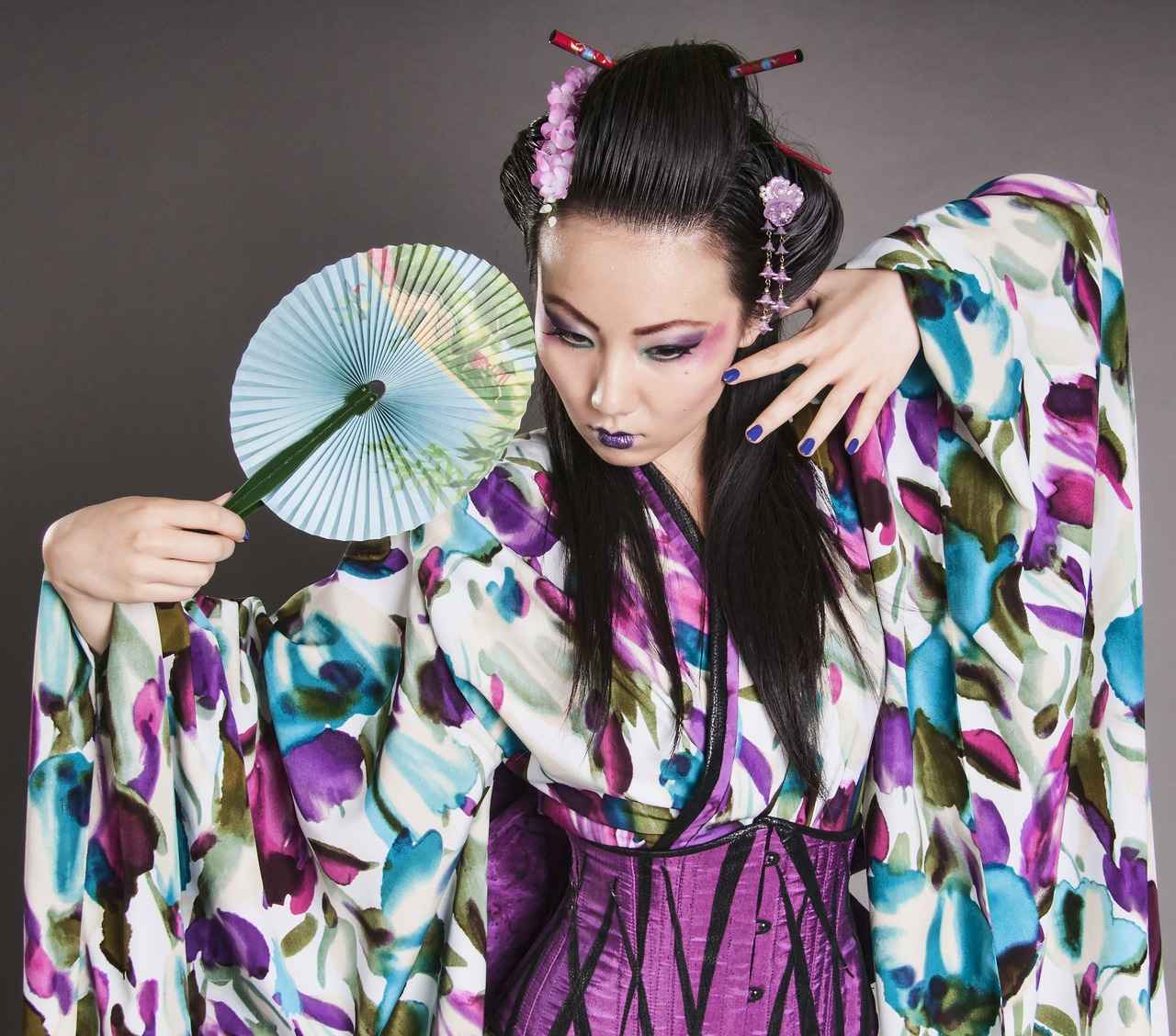
Materials Used in Samurai Kimonos
The materials used in samurai kimonos are a fascinating aspect of their history, reflecting not only the social status of the wearer but also the practical needs of the samurai lifestyle. The choice of fabric has always been significant, with different materials serving various purposes throughout the ages.
At the pinnacle of these materials is silk, renowned for its luxurious texture and remarkable durability. Samurai kimonos made from silk were often adorned with intricate patterns and designs that conveyed the wearer’s lineage and accomplishments. The shimmering quality of silk not only highlighted the beauty of the garment but also symbolized the prestige associated with the samurai class.
However, silk was not the only fabric utilized in the making of samurai kimonos. Cotton and hemp were also popular choices, particularly for everyday wear. These materials provided practicality and comfort, allowing for ease of movement during combat or daily activities. The use of cotton and hemp demonstrated a balance between functionality and the need for elegance, ensuring that even everyday garments maintained a degree of formality.
Color also played a crucial role in the selection of materials. Different hues were often associated with various clans and ranks, adding another layer of meaning to the samurai kimono. For instance, certain colors were reserved for high-ranking samurai, while others were more commonly used among lower ranks. This color symbolism not only reflected the samurai’s status but also served as a visual representation of their identity within the warrior class.
In conclusion, the materials used in samurai kimonos are a testament to the rich cultural heritage of the samurai. From the luxurious silk that symbolizes status to the practical cotton and hemp for daily wear, each fabric choice tells a story of tradition, functionality, and identity within the samurai culture.
Silk: The Preferred Fabric
Silk has long been revered in Japanese culture, especially among the samurai class, for its luxurious appearance and remarkable strength. This exquisite fabric was not just a material choice; it was a statement of status and prestige. The samurai, known for their honor and discipline, often wore kimonos made from silk that were adorned with intricate designs. These designs were not merely decorative; they held deep significance, often symbolizing the samurai’s clan and their personal achievements.
Silk’s durability made it an ideal choice for the rigors of samurai life, while its sheen and texture added a touch of elegance that was essential for ceremonial occasions. The process of creating silk fabric was labor-intensive, involving the careful cultivation of silkworms and meticulous weaving techniques. This craftsmanship ensured that each kimono was unique, often reflecting the individual’s rank and the legacy of their family.
In addition to its aesthetic qualities, silk was also imbued with cultural significance. The colors and patterns woven into the fabric often conveyed messages about the wearer’s identity and social standing. For instance, certain colors were reserved for high-ranking samurai, while others were used to denote specific clans. This rich tapestry of meaning made silk not just a fabric, but a form of communication among the samurai.
Today, the legacy of silk in samurai kimonos continues to inspire modern fashion designers, who seek to capture the essence of this traditional fabric in contemporary clothing. As we look back at the significance of silk in samurai culture, it becomes clear that this fabric was more than just a choice of material; it was a vital part of the samurai’s identity and a symbol of their enduring legacy.
Other Fabrics in Use
While silk is often celebrated as the premier fabric for samurai kimonos, it is essential to recognize the significance of other materials that played a crucial role in the daily lives of these warriors. The samurai kimono, designed for both functionality and style, incorporated fabrics such as cotton and hemp, particularly for everyday wear.
Cotton, known for its breathability and comfort, was a practical choice for the samurai’s daily activities. It allowed for ease of movement, making it suitable for both training and combat scenarios. The use of cotton kimonos reflected the samurai’s need for practicality while still adhering to the aesthetic values of their culture.
On the other hand, hemp was another fabric frequently utilized in samurai attire. Renowned for its durability and resistance to wear, hemp kimonos were ideal for rigorous activities. This fabric was often employed in the making of workwear kimonos, which were designed to withstand the rigors of daily life without compromising on elegance.
Despite being less luxurious than silk, both cotton and hemp kimonos were often adorned with intricate patterns and designs that showcased the samurai’s status and heritage. These garments maintained a balance between practicality and elegance, embodying the samurai spirit in every stitch.
In conclusion, the incorporation of cotton and hemp into the samurai kimono repertoire illustrates the adaptability of this traditional garment. By blending functionality with style, samurai kimonos served not only as a symbol of status but also as a reflection of the warrior’s lifestyle and values.
Color Symbolism in Samurai Kimonos
The samurai kimono is a vibrant representation of Japan’s rich cultural heritage, and its colors hold profound significance. Each hue in the kimono is not merely a choice of aesthetics; it embodies a deeper meaning, reflecting the samurai’s status, clan, and even the changing seasons.
In the world of samurai, colors were carefully selected to convey messages. For instance, red often symbolized courage and strength, making it a popular choice for warriors heading into battle. Conversely, blue was associated with calmness and loyalty, representing a samurai’s steadfastness to their lord and clan. Black, while often seen as a color of mourning, also conveyed elegance and authority, frequently worn by higher-ranking samurai during formal occasions.
Moreover, colors were not just personal statements; they were also indicative of seasonal changes. For example, green was used in spring to symbolize renewal and growth, while yellow represented the warmth of summer. This connection to nature emphasized the samurai’s respect for the world around them and their place within it.
Additionally, clans often had specific colors that identified their members. The Tokugawa clan, for example, was known for its use of dark blue and gold, which illustrated their power and prestige. Such color coding allowed for quick recognition on the battlefield and during ceremonies, reinforcing loyalty and identity among samurai.
In modern times, the legacy of these colors continues to influence fashion and art, reminding us of the samurai’s enduring impact on Japanese culture. Understanding the significance of colors in samurai kimonos not only enriches our appreciation for this traditional garment but also connects us to a profound history that values honor, identity, and nature.
Traditional Patterns and Designs
The samurai kimono is a canvas of rich history and symbolism, where each pattern intricately tells a story. These designs are not merely for aesthetic appeal; they serve as a visual language that conveys the samurai’s lineage, personal achievements, and cultural values. The artistry involved in creating these patterns reflects the deep respect for tradition and the significance of family heritage within samurai culture.
One of the most common motifs found in samurai kimonos is the family crest, known as mon. This emblem not only identifies the wearer’s clan but also signifies their social status. The intricate designs of the mon are often passed down through generations, representing the pride and honor associated with the samurai lineage.
Additionally, various natural elements are frequently depicted in these patterns, such as cherry blossoms, cranes, and waves. Each of these symbols carries its own meaning; for instance, cherry blossoms symbolize the transient nature of life, while cranes are associated with longevity and good fortune. Such designs serve as constant reminders of the samurai’s values and beliefs.
| Pattern | Symbolism |
|---|---|
| Cherry Blossoms | Transience of Life |
| Cranes | Longevity and Good Fortune |
| Waves | Strength and Resilience |
Moreover, the choice of colors in these patterns is equally significant. Different hues can denote rank, season, or even specific events in a samurai’s life. For example, deep reds and blacks might be reserved for formal occasions, while lighter colors could be used for everyday wear.
In conclusion, the patterns on samurai kimonos are a profound reflection of the samurai’s identity, values, and history. They are not just decorative elements; they are a rich tapestry of stories and symbols that connect the past with the present, ensuring that the legacy of the samurai continues to be honored and remembered.
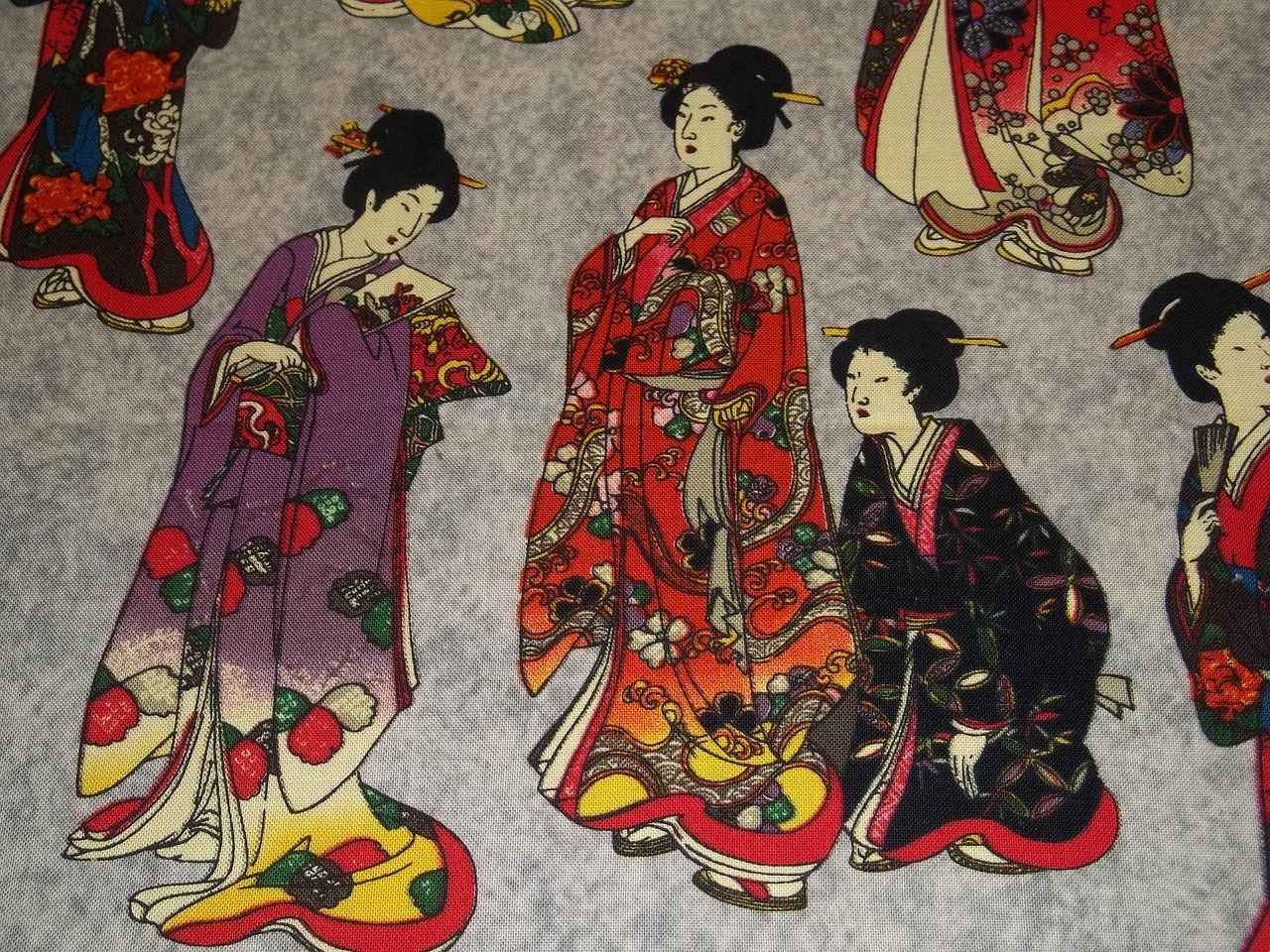
Types of Samurai Kimonos
The samurai kimono is a fascinating aspect of Japanese culture, embodying the spirit and traditions of the samurai class. Various types of kimonos were worn by samurai, each serving different purposes and occasions, from formal events to daily duties. Understanding these types provides insight into the samurai’s lifestyle and the cultural significance of their attire.
- Formal Kimonos: Worn during ceremonies and important events, these kimonos were often made from luxurious fabrics and featured intricate designs. The colors and patterns were carefully chosen to express the samurai’s rank and honor.
- Casual Kimonos: For everyday activities, samurai opted for simpler kimonos that allowed for greater mobility. These garments were practical yet still reflected the samurai’s status, often made from durable materials.
- Battle Kimonos: Specifically designed for combat, these kimonos were tailored to ensure ease of movement. They were often reinforced to provide some protection while maintaining a warrior’s aesthetic.
- Seasonal Kimonos: The samurai also had specific kimonos for different seasons. Lighter fabrics were used in summer, while warmer materials were preferred in winter, showcasing the samurai’s adaptability.
- Funeral Kimonos: In times of mourning, samurai wore black kimonos, symbolizing respect for the deceased. These garments were often simple, reflecting the somber nature of the occasion.
Each type of kimono not only served a functional purpose but also conveyed the samurai’s identity and status within the societal hierarchy. The intricate designs and materials used in these kimonos are a testament to the samurai’s commitment to honor and tradition.
In conclusion, the various types of samurai kimonos reflect a rich tapestry of cultural significance, practicality, and artistry. Understanding these garments allows us to appreciate the depth of samurai culture and its lasting impact on Japanese society.
Formal Kimonos for Ceremonies
hold a special place in the heart of samurai tradition, serving as a symbol of status and respect for the rich cultural heritage of Japan. These garments are not merely clothing; they are a reflection of the values, honor, and discipline that define the samurai class.
During significant events, samurai would don their formal kimonos, which were often crafted from the finest materials and adorned with elaborate designs and rich colors. Each kimono was a unique representation of the samurai’s clan, achievements, and personal identity. The choice of colors and patterns was not arbitrary; it conveyed deep meanings and reflected the samurai’s rank within the social hierarchy.
| Color | Symbolism |
|---|---|
| Red | Bravery and strength |
| Blue | Calmness and loyalty |
| Black | Elegance and formality |
| White | Purity and honor |
The intricate designs on these kimonos often featured motifs that told stories of heroism and valor, linking the wearer to their ancestral lineage. This connection to history was vital for samurai, who believed that their garments were imbued with the spirits of their forebears.
In modern times, the influence of formal samurai kimonos can still be seen in various cultural events and ceremonies across Japan. These garments continue to symbolize the rich history of the samurai and their enduring legacy in Japanese culture. As society evolves, the appreciation for these traditional kimonos remains strong, reminding us of the values they represent.
In conclusion, formal kimonos for ceremonies are more than just attire; they are a profound expression of the samurai’s identity, history, and cultural significance. Their continued relevance in modern Japan underscores the importance of preserving this unique aspect of heritage.
Everyday Kimonos for Combat
In the life of a samurai, practicality was key, especially when it came to their choice of everyday kimonos. These garments were crafted with a focus on mobility and functionality, allowing warriors to move swiftly in combat while still embodying their esteemed status. Unlike the ornate formal kimonos reserved for ceremonies, the everyday kimono was designed to withstand the rigors of battle and daily tasks.
The fabric used for these kimonos was typically sturdy yet comfortable, often made from materials such as cotton or hemp. This choice not only ensured durability but also provided the necessary flexibility for active movements. The samurai’s daily attire was less about display and more about efficiency and readiness for any situation.
Additionally, the design of these kimonos often included practical elements such as reinforced stitching and pockets for carrying essential items. The color schemes were generally more subdued compared to their formal counterparts, reflecting a sense of humility and practicality that was central to the samurai ethos. However, even in simplicity, the kimonos often featured subtle patterns or clan insignias, ensuring that the samurai’s identity and heritage were not forgotten.
Moreover, the everyday kimono was not just a functional garment; it also held cultural significance. It represented the balance between the warrior’s duties and their adherence to the samurai code of honor and discipline. The ability to transition seamlessly from combat readiness to daily life was a testament to the samurai’s skill and training.
In conclusion, the everyday kimono was much more than just a piece of clothing for the samurai. It was a symbol of their commitment to both their craft and their cultural values, showcasing a blend of practicality and identity that has endured through the ages.
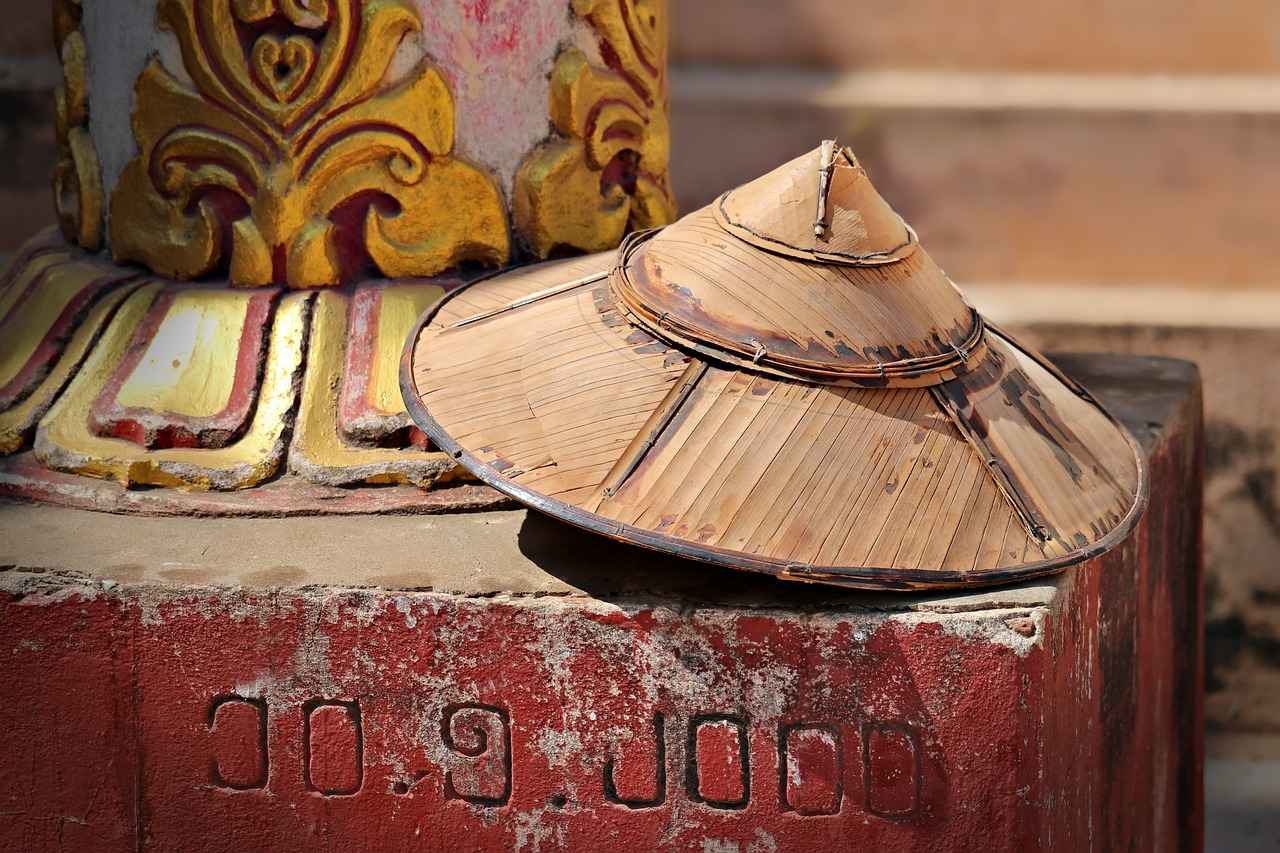
The Role of the Samurai Kimono in Modern Culture
The samurai kimono holds a significant place in both historical and modern contexts, serving as a bridge between Japan’s rich cultural heritage and contemporary fashion. Its influence extends beyond mere attire, symbolizing a legacy of honor, discipline, and the artistic expression of the samurai spirit.
In today’s world, the samurai kimono is not just a relic of the past; it has become a source of inspiration for various aspects of art and fashion. Designers and artists alike draw from its intricate designs and rich symbolism, creating works that pay homage to its historical significance while infusing modern sensibilities.
Many modern fashion designers have embraced the essence of the samurai kimono, incorporating its elements into their collections. This fusion of traditional and contemporary styles can be seen on runways and in street fashion. The use of bold colors, intricate patterns, and flowing silhouettes reflects the elegance and grace of the original kimonos while appealing to today’s fashion-forward consumers.
Efforts to preserve the samurai culture are evident in various festivals and exhibitions across Japan. These events showcase the traditional kimono, allowing visitors to experience its beauty firsthand. Educational programs aim to inform the public about the cultural significance of the samurai kimono, ensuring that this vital aspect of Japanese heritage is not forgotten.
The samurai kimono has also found its way into modern art, inspiring painters, sculptors, and digital artists. The visual narratives created through these artistic expressions often reflect the values and stories associated with the samurai, keeping their legacy alive in contemporary society.
In conclusion, the samurai kimono continues to resonate in modern culture, symbolizing a blend of tradition and innovation. Its enduring legacy serves as a reminder of Japan’s rich history, making it a timeless source of inspiration for future generations.
Contemporary Fashion Influences
In recent years, the samurai kimono has emerged as a significant source of inspiration for modern fashion designers. This traditional Japanese garment, steeped in history and cultural significance, has found its way into the collections of various contemporary brands, blending the past with the present.
Designers often incorporate distinctive elements of the samurai kimono into their creations, such as the flowing silhouette, intricate patterns, and rich colors. These elements not only pay homage to the traditional aesthetics but also resonate with the current trends of sustainability and artisanal craftsmanship. Many designers emphasize the use of natural fabrics and eco-friendly practices, mirroring the samurai’s connection to nature and their emphasis on quality.
The influence of the samurai kimono can be seen in various fashion lines, from high-end couture to streetwear. For instance, some brands have adopted the kimono’s wrap style and wide sleeves, creating garments that are both stylish and functional. This fusion of traditional design with modern aesthetics appeals to a broad audience, including those who appreciate cultural heritage and those seeking unique fashion statements.
Moreover, the resurgence of kimono-inspired pieces in fashion illustrates a growing trend towards embracing cultural diversity in clothing. Fashion shows and exhibitions often highlight these innovative designs, celebrating the samurai kimono’s enduring legacy and its impact on global fashion.
In conclusion, the samurai kimono continues to inspire and shape contemporary fashion, serving as a bridge between Japan’s rich history and today’s fashion landscape. As designers explore and reinterpret these traditional elements, they not only honor the past but also pave the way for a more inclusive and diverse future in fashion.
Preservation of Samurai Culture
is a vital aspect of maintaining Japan’s rich heritage. The samurai, known for their code of honor and discipline, have left an indelible mark on Japanese culture. In recent years, various efforts have been made to ensure that this unique culture continues to thrive and is appreciated by future generations.
One of the most significant ways to preserve samurai culture is through festivals. These events, held in various regions of Japan, often include traditional performances, martial arts demonstrations, and reenactments of historical battles. Participants dress in authentic samurai attire, showcasing the intricate designs and craftsmanship of the samurai kimono. Festivals not only celebrate the samurai’s legacy but also educate attendees about their values and way of life.
In addition to festivals, exhibitions play a crucial role in preserving samurai culture. Museums across Japan host exhibitions dedicated to samurai history, featuring artifacts such as weapons, armor, and, of course, kimonos. These exhibitions often include informative displays that explain the significance of each item, helping visitors understand the samurai’s role in Japanese society.
Moreover, educational programs in schools and community centers aim to teach younger generations about the samurai’s values, such as loyalty, honor, and discipline. Workshops on traditional crafts, such as kimono-making and swordsmanship, provide hands-on experiences that deepen appreciation for this rich cultural heritage.
Finally, the digital age has opened new avenues for preservation. Online platforms and social media allow enthusiasts to share knowledge, artwork, and personal experiences related to samurai culture. This global exchange fosters a community dedicated to keeping the samurai spirit alive.
In conclusion, the preservation of samurai culture is a multifaceted endeavor that involves festivals, exhibitions, education, and modern technology. By engaging the public and fostering a deeper understanding of this unique heritage, we can ensure that the legacy of the samurai continues to inspire future generations.
Frequently Asked Questions
- What is the significance of the samurai kimono?
The samurai kimono is not just a piece of clothing; it embodies the rich cultural heritage of Japan. It reflects the values of honor, discipline, and the samurai code, making it a symbol of the warrior’s identity and status.
- What materials are samurai kimonos made from?
Traditionally, samurai kimonos were primarily made from silk due to its luxurious appearance and durability. However, they were also crafted from cotton and hemp for everyday use, balancing practicality with elegance.
- How do colors influence the design of samurai kimonos?
Colors hold significant meaning in samurai kimonos. Specific hues can denote ranks, clans, and even seasonal changes, adding layers of meaning to the garment beyond its aesthetic appeal.
- Are there different types of samurai kimonos?
Absolutely! Samurai wore various types of kimonos for different occasions. Formal kimonos, adorned with elaborate designs, were reserved for ceremonies, while practical everyday kimonos were designed for mobility during combat.
- How is the samurai kimono relevant today?
In modern culture, the samurai kimono continues to inspire fashion and art. Designers often incorporate its elements into contemporary clothing, celebrating Japan’s rich history and the enduring legacy of the samurai.





